A Guide to Travel Sketching: Capturing the Moment
Travel sketching is not just about putting pencil to paper; it's about capturing the essence of your experiences in a way that photographs often can't. Imagine walking through a bustling market, the vibrant colors and sounds enveloping you, and instead of snapping a quick photo, you pause to sketch the scene. This moment of creativity not only allows you to document your journey but also enhances your awareness of your surroundings. Every stroke of your pencil becomes a memory, a snapshot of your adventure that invites you to reflect on the sights and sounds that inspired you.
In this guide, we will explore various aspects of travel sketching, from the essential tools you need to get started to the techniques that will help you improve your skills. Whether you’re a seasoned artist or a complete beginner, travel sketching can add a new layer of depth to your travels. So grab your sketchbook and let’s dive into the exciting world of travel sketching!
Have you ever found yourself lost in a moment, overwhelmed by the beauty around you? Travel sketching serves as a personal diary, helping artists document their journeys in a unique way. Unlike photographs, which can sometimes feel detached, sketches allow for a more intimate connection with the surroundings. They foster observation skills and enhance the overall travel experience by encouraging mindfulness. When you sketch, you are forced to slow down and truly see what is in front of you. This practice can lead to a deeper appreciation of the culture, architecture, and people you encounter.
Choosing the right materials is crucial for successful travel sketching. You don’t want to be lugging around heavy supplies when you’re out exploring. Here are some essential tools to consider:
- Sketchbook: Look for one that is lightweight and portable. A spiral-bound sketchbook can lay flat, making it easier to draw.
- Pens and Pencils: A good set of pens (like fine liners) and pencils will give you versatility in your sketches.
- Watercolors or Colored Pencils: If you want to add color, choose a compact watercolor set or colored pencils.
- Eraser: A small, soft eraser can help you refine your sketches.
Mastering quick sketching techniques enables artists to capture fleeting moments. Speed is essential when sketching in dynamic environments. Here are a few methods to improve your speed and accuracy:
- Gesture Drawing: Focus on the overall shape and movement rather than details.
- Use Simple Shapes: Break down complex subjects into basic shapes to make them easier to draw.
- Practice Regularly: The more you sketch, the quicker and more confident you’ll become.
Inspiration can be found everywhere during your travels. Whether it’s a quaint café, a bustling street, or a serene landscape, the world is full of subjects waiting to be sketched. Look for scenes that evoke emotion or tell a story. Ask yourself: what caught my eye? What feelings does this place evoke? This introspection can lead to sketches that resonate not just with you but with anyone who views them.
Establishing a routine can enhance your travel sketching practice. Set aside a specific time each day for sketching, whether it’s in the morning over coffee or during a sunset. Incorporating sketching into your daily travel activities not only makes it a habit but also ensures you’re consistently improving and enjoying the process. Remember, it’s not about creating a masterpiece every time; it’s about the journey and the practice.
Sketching people can be challenging but incredibly rewarding. To capture likenesses and expressions quickly, try to focus on the essence of the person rather than every detail. Look for unique features or expressions that stand out. Practice drawing people in motion, as this will help you become more comfortable with capturing dynamic poses in your sketches.
Incorporating color can elevate your sketches from simple outlines to vibrant representations of your experiences. Experiment with various coloring techniques, including watercolor, colored pencils, and markers. Each medium has its own charm and can bring your travel scenes to life in different ways. Don’t be afraid to play around with colors; sometimes, unexpected combinations can create stunning effects!
Reflection is key to growth as an artist. After your travels, take the time to review your sketches. What worked well? What could you improve on? This process of self-evaluation allows you to identify your strengths and areas for improvement, ultimately enhancing your travel sketching journey. Plus, it’s a great way to relive your adventures and the emotions tied to each sketch.
Sharing your work can create connections with others who appreciate art and travel. Consider showcasing your travel sketches on social media platforms like Instagram or dedicated art communities. Not only can this foster a sense of community, but it also opens the door to receiving valuable feedback from fellow artists. Remember, every artist has their own unique style, and sharing yours can inspire others!
Q: Do I need to be an experienced artist to start travel sketching?
A: Not at all! Travel sketching is about capturing your experiences, not perfection. Everyone can benefit from sketching, regardless of skill level.
Q: What if I feel embarrassed about my sketches?
A: It’s completely normal to feel that way, but remember that sketching is a personal journey. Focus on the joy it brings you rather than the opinions of others.
Q: How can I improve my sketching skills?
A: Practice regularly, study the work of other artists, and don’t be afraid to experiment with different techniques and styles.
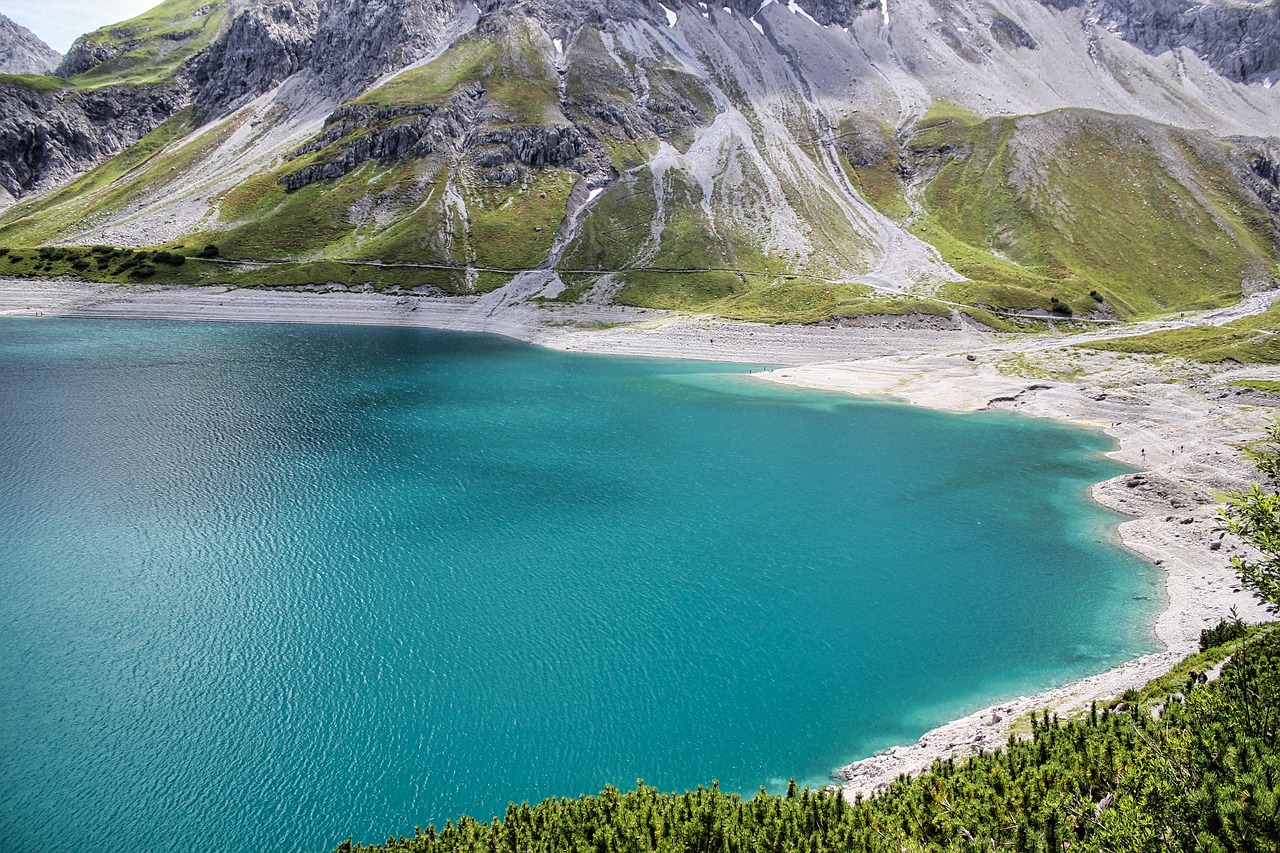
The Importance of Travel Sketching
Travel sketching is not just about putting pencil to paper; it's about weaving a tapestry of experiences, emotions, and memories that you can revisit long after your journey ends. Think of it as a personal diary that captures the essence of your travels in a way that photographs often can't. While a picture may be worth a thousand words, a sketch can convey feelings, atmosphere, and context that a snapshot might miss. It’s a beautiful blend of art and storytelling, allowing you to document your adventures uniquely and personally.
One of the most significant benefits of travel sketching is that it enhances your observation skills. When you take the time to sketch, you begin to notice the details around you—the way light filters through leaves, the intricate patterns of a building's architecture, or the expressions on people's faces. This heightened sense of awareness fosters a deeper connection to your surroundings, making your travel experience more immersive. It's like being a detective in your own story, uncovering the hidden gems that make each place special.
Moreover, travel sketching encourages mindfulness. In a world that often feels rushed, sketching allows you to slow down and truly engage with your environment. Instead of merely passing through a location, you become part of it, absorbing the sights, sounds, and smells as you draw. This practice can be incredibly therapeutic, helping to reduce stress and anxiety. You might find yourself lost in the moment, forgetting about your to-do lists and daily worries as you focus solely on your sketch.
In addition to personal benefits, travel sketching can also serve as a bridge to connect with others. When you sketch in public spaces, you might attract the attention of curious passersby who want to know what you’re creating. This can lead to conversations with locals or fellow travelers, enriching your experience and offering new perspectives on the places you visit. Imagine sitting in a bustling market, pencil in hand, and striking up a conversation with someone who shares their insights about the culture or history of the area. These interactions can turn your travel sketches into a shared experience, making them even more meaningful.
Lastly, travel sketching is a fantastic way to document not just the places you visit but also the feelings you experience during your travels. Each sketch can evoke memories of the sounds, scents, and emotions tied to that moment. When you look back at your sketches, you're not just seeing a representation of a place; you're revisiting the joy, excitement, or even the challenges you faced during your journey. It's a powerful reminder of how travel shapes us and the stories we carry with us.
In summary, the importance of travel sketching lies in its ability to enhance your observational skills, promote mindfulness, foster connections with others, and create lasting memories. So, next time you embark on an adventure, don’t forget to bring your sketchbook along. It might just transform the way you experience the world around you.
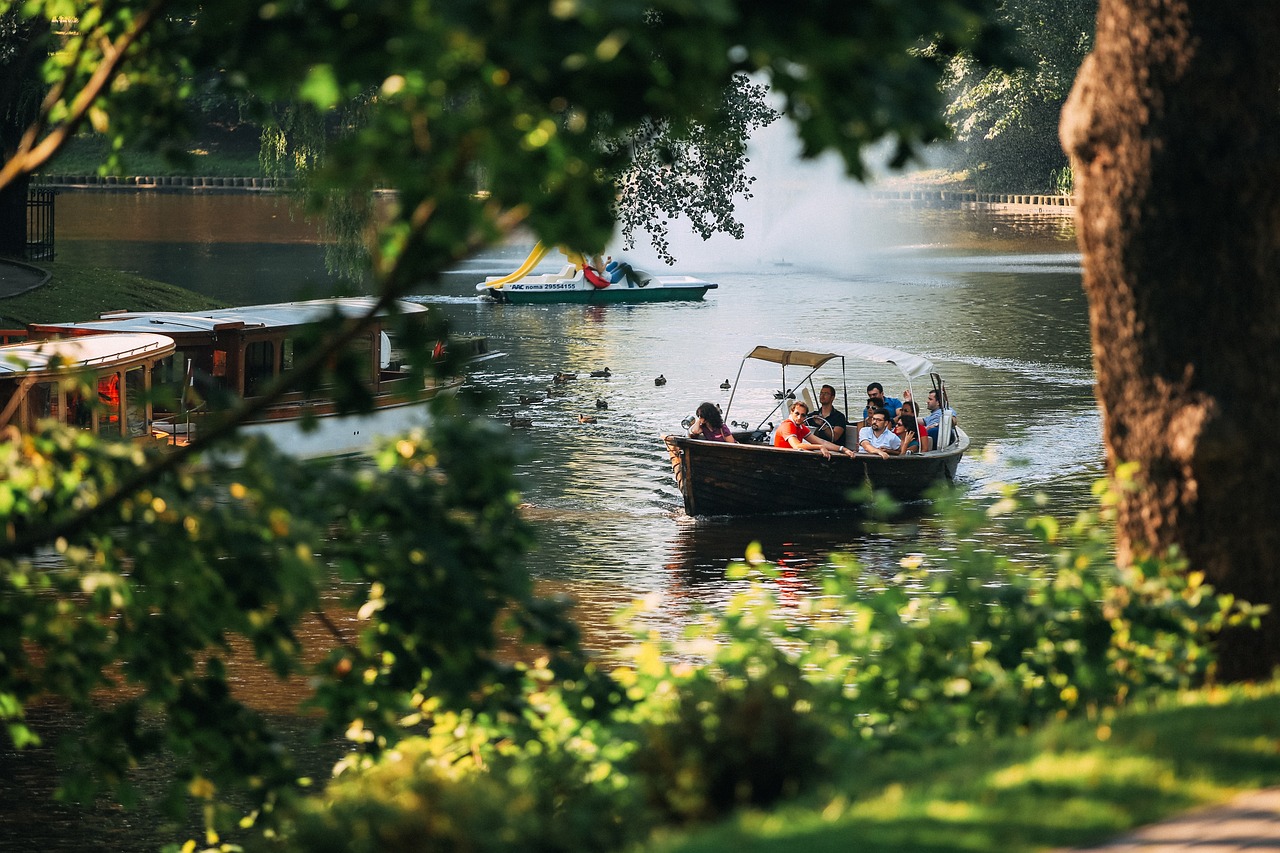
Essential Tools for Travel Sketching
When it comes to travel sketching, having the right tools can make all the difference. Imagine being in a bustling market, the colors vibrant, the scents wafting through the air, and a scene unfolding before you. You want to capture that moment, but without the right materials, it can be a challenge. So, what do you need to ensure that your travel sketches come to life? Let's break it down.
First off, a quality sketchbook is essential. Look for something that is both portable and durable, as you’ll want it to withstand the rigors of travel. A sketchbook with a hard cover can protect your drawings from getting damaged in your bag. Ideally, choose one with a variety of paper types, as different mediums require different surfaces. For instance, if you're planning to use watercolors, a thicker paper is a must to prevent warping.
Next, consider your drawing instruments. A versatile set of pens is crucial. Many artists prefer fineliners because they provide clean, precise lines. However, don't shy away from experimenting with brush pens or even pencils. Each tool brings its own flavor to your sketches. When you're on the move, a compact set of pens or pencils can fit easily into your bag, making them accessible whenever inspiration strikes.
Color is another important aspect of travel sketching. Watercolors are a popular choice due to their vibrancy and ease of use. A small travel watercolor set, which often includes a brush that you can fill with water, is perfect for sketching on the go. Alternatively, colored pencils or markers can also add a splash of life to your sketches. Just remember to choose materials that are light and easy to carry!
Now, let’s talk about accessories. A portable water container, a small cloth for cleaning brushes, and a pencil sharpener can all be invaluable while sketching outdoors. Additionally, a small folding stool can provide comfort during long sketching sessions. You might even want to include a camera or smartphone to capture reference images, which can help you refine your sketches later.
In summary, the essential tools for travel sketching include:
- Sketchbook: Durable and portable with suitable paper.
- Pens and Pencils: A variety of drawing instruments for different effects.
- Coloring Supplies: Watercolors, colored pencils, or markers.
- Accessories: Portable water container, cleaning cloth, and a folding stool.
By selecting the right tools, you can enhance your travel sketching experience, allowing you to focus on capturing the beauty around you without the worry of your materials letting you down. So, pack your bag with these essentials and get ready to unleash your creativity!
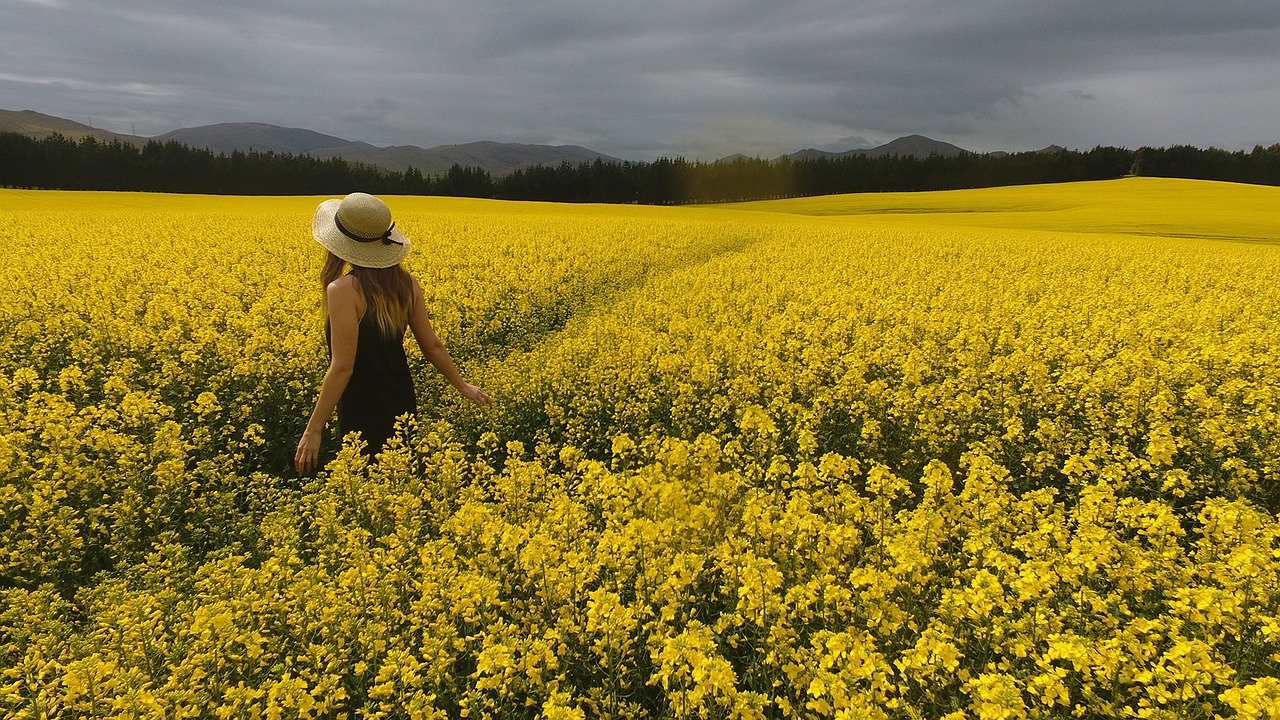
Techniques for Quick Sketching
When it comes to travel sketching, the ability to sketch quickly can be a game changer. Imagine standing in front of a breathtaking view, the sun setting just right, and you want to capture that moment before it fades. Quick sketching techniques allow you to do just that, making your art both spontaneous and dynamic. Here are some essential methods to help you improve your speed and accuracy while sketching on the go.
First and foremost, gesture drawing is a fantastic way to capture the essence of a scene or a subject in just a few strokes. This technique focuses on the movement and form rather than the details, which is perfect for capturing people in motion or the fluidity of nature. Try to spend no more than a minute or two on each gesture sketch; this will force you to prioritize what’s important in the scene. You’ll be surprised at how much you can convey in such a short time!
Next up is the use of simple shapes. Breaking down complex subjects into basic geometric forms can simplify the sketching process. For example, if you’re sketching a building, start with rectangles and triangles to map out the structure. This method not only speeds up your sketching but also helps maintain proportions. As you gain confidence, you can gradually add details, but always remember to keep it simple at first.
Another helpful technique is to limit your tools. When you’re traveling, carrying a lot of supplies can be cumbersome. Instead, choose a few versatile tools that you can rely on. For instance, a good quality sketchbook, a fine-tipped pen, and a small set of colored pencils or watercolors can suffice. By limiting your options, you can focus more on the act of sketching rather than getting bogged down by choices.
It's also beneficial to practice timed sketches. Set a timer for 5 or 10 minutes and challenge yourself to complete as much of a sketch as you can in that time. This exercise not only improves your speed but also helps you become more decisive in your mark-making. Over time, you’ll find that you can capture more in less time, which is incredibly rewarding.
Lastly, don’t forget about the power of observation. The more you train your eye to see the world as an artist, the quicker you can sketch. Spend a few moments looking at your subject before you put pencil to paper. Notice the shapes, the light, and the shadows. This will help you make quicker decisions when it comes time to draw. Remember, sketching is not just about the act of drawing; it's about truly seeing what’s in front of you.
Incorporating these techniques into your travel sketching routine will not only enhance your skills but also make the experience more enjoyable. So the next time you find yourself in a picturesque location, you'll be ready to capture the moment with confidence and flair!
- What materials do I need for quick sketching? A simple sketchbook, a few pens or pencils, and maybe some watercolors or colored pencils should do the trick!
- How can I improve my speed in sketching? Practice gesture drawing and timed sketches regularly to build your speed and confidence.
- Is it okay to sketch from photographs? While it's great to sketch from photos for practice, nothing beats sketching from life for capturing the true essence of a moment.
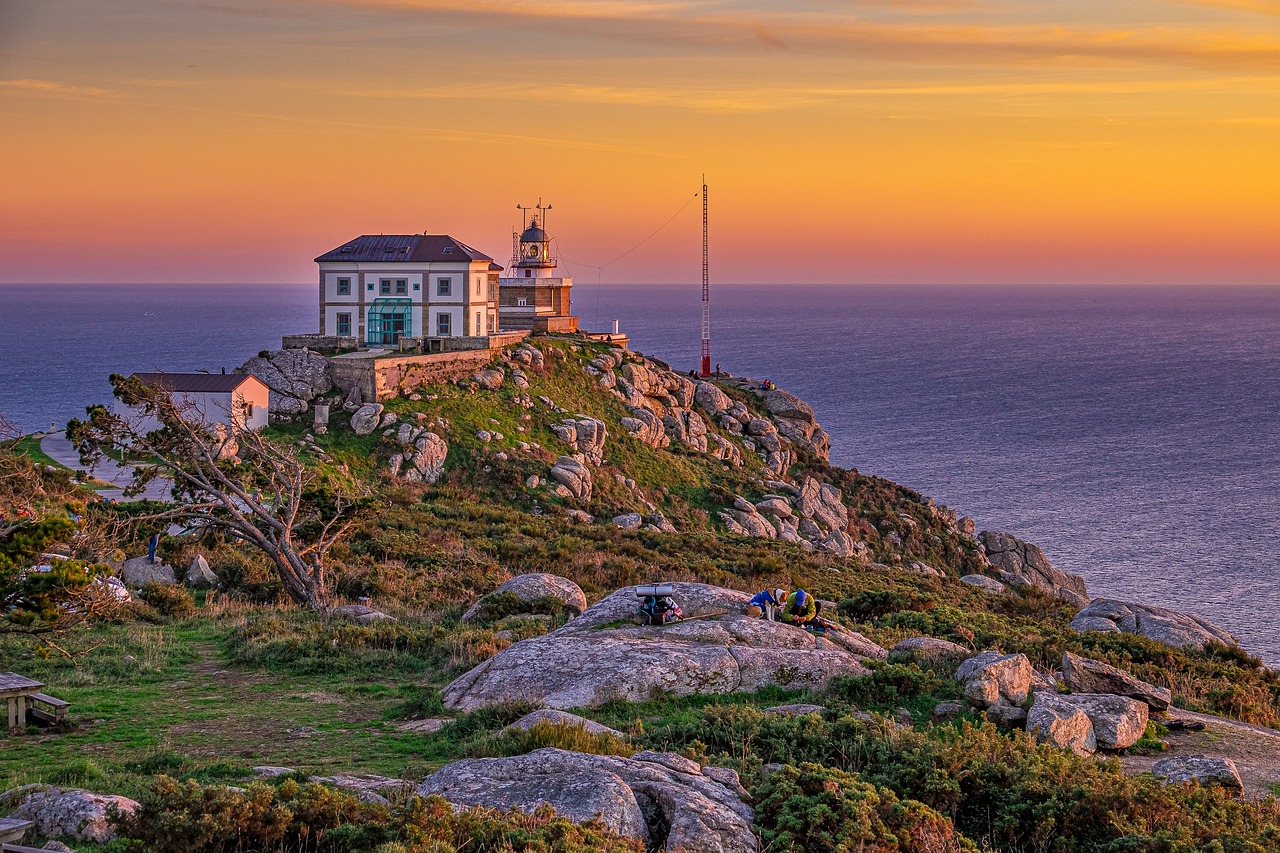
Finding Inspiration in Your Surroundings
When it comes to travel sketching, finding inspiration in your surroundings can feel like a delightful treasure hunt. Every corner you turn, every street you stroll down, has the potential to spark creativity. But how do you open your eyes to the beauty that’s right in front of you? Think of it like being a detective, where the world is your case to crack, and your sketchbook is your notebook filled with clues. You just need to learn how to see!
Start by immersing yourself in the local culture. Whether you're sipping coffee in a bustling café or wandering through a vibrant market, take a moment to observe. Notice the colors, the shapes, and the interplay of light and shadow. The way a vendor arranges their fruits, or how the sunlight casts a warm glow on an old building can provide rich material for your sketches. Remember, inspiration often hides in the mundane; it's about how you perceive it. So, don’t rush! Slow down and let your surroundings speak to you.
Another effective way to find inspiration is by focusing on the people around you. Each person has a unique story, and capturing their essence can add depth to your travel sketches. Look for interesting characters—perhaps an elderly man feeding pigeons in the park or a group of children laughing and playing. Sketching people not only enhances your skills but also brings a narrative to your artwork. To make this easier, consider using the following techniques:
- Quick Gesture Drawings: Spend a few minutes capturing the basic shapes and movements of people. This helps you practice speed and accuracy.
- Focus on Expressions: Try to capture the emotions people display. A smile, a frown, or a look of wonder can tell a story without words.
- Use Props: Sometimes, the items people carry—like a colorful umbrella or a unique bag—can add an interesting element to your sketches.
Don’t forget to look up! The architecture around you can be a goldmine of inspiration. From the intricate details of a historic building to the sleek lines of modern design, buildings tell stories of their own. Try to sketch the contrasting styles you encounter; this not only hones your skills but also allows you to capture the essence of a place. You might find that a simple rooftop view can inspire a whole series of sketches.
Lastly, consider the natural landscapes that surround you. Nature has an incredible way of inspiring creativity. Whether it’s the serene beauty of a mountain range, the chaotic splendor of a bustling beach, or the delicate details of a single flower, nature provides endless opportunities for sketching. Try to capture the changes in light and atmosphere throughout the day, as these can dramatically alter the mood of your sketches.
In conclusion, finding inspiration in your surroundings is about being curious and open to the world around you. By paying attention to the details, immersing yourself in the local culture, and embracing both people and nature, you can create sketches that not only reflect what you see but also what you feel. So grab your sketchbook, step outside, and let your surroundings inspire you!
Q: What should I do if I can't find anything to sketch?
A: If you’re struggling to find inspiration, try changing your perspective. Look at your surroundings from different angles, or focus on small details instead of the bigger picture. Sometimes, sketching a single leaf or a shadow can lead to unexpected creativity.
Q: How can I improve my observation skills?
A: Practice mindfulness. Spend a few minutes each day simply observing your environment without distractions. Take mental notes of colors, shapes, and movements, and then try to translate those observations into your sketches.
Q: Is it necessary to sketch every day?
A: While daily practice can be beneficial, it’s more important to sketch consistently rather than frequently. Find a routine that works for you, whether that’s a few times a week or daily, and stick to it for steady improvement.
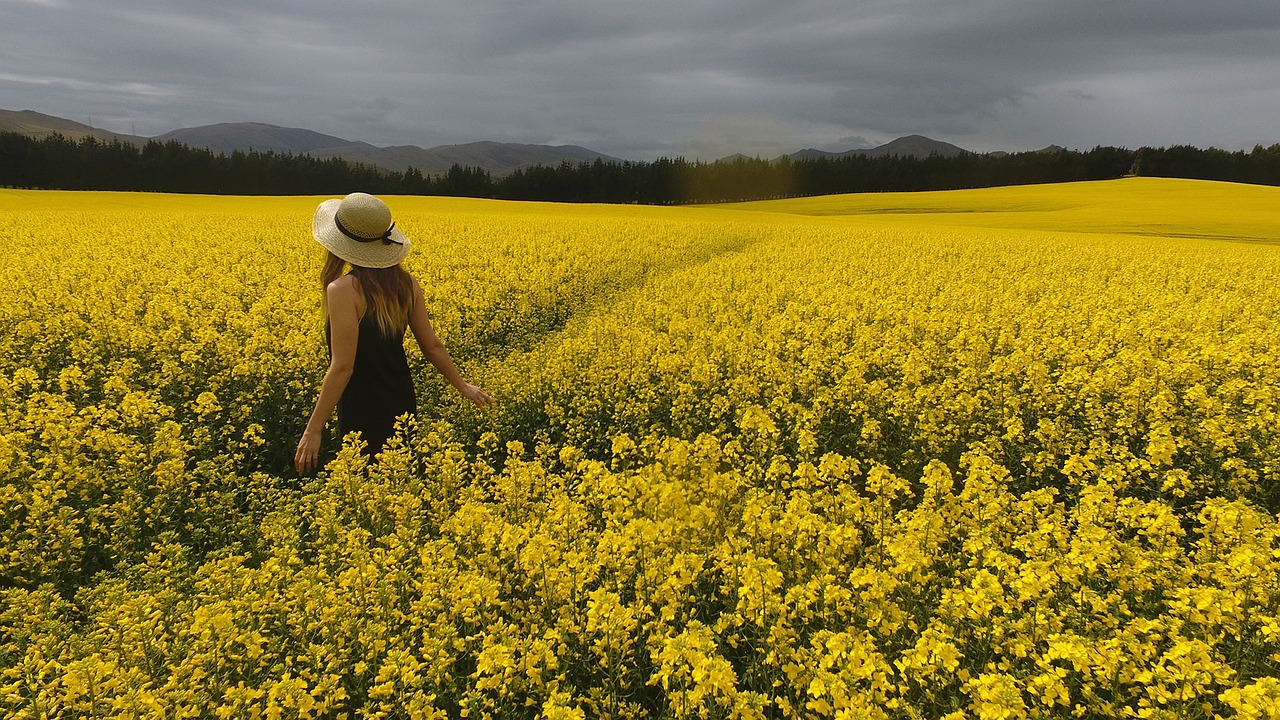
Creating a Travel Sketching Routine
Establishing a travel sketching routine can significantly enhance your artistic journey. Think of it as setting a rhythm that allows your creativity to flow while you explore new places. Just like a musician practices scales daily, incorporating sketching into your travel routine can help you improve your skills and deepen your connection to your surroundings. The key is to find moments throughout your day where you can pause, observe, and create.
Consider starting your day with a quick sketch. Maybe it’s the view from your hotel window or the bustling street outside. This morning ritual can set a positive tone for the day and stimulate your creative juices. Moreover, sketching first thing can help you notice details you might otherwise overlook. As you sip your morning coffee, take a moment to capture the light hitting a nearby building or the expressions of people passing by. These little sketches can serve as warm-ups, preparing you for more elaborate pieces later on.
Another effective approach is to integrate sketching into your sightseeing. For instance, when visiting a museum or a historical site, take a break from the guided tour to sketch something that catches your eye. This not only allows you to document your experience but also encourages you to engage more deeply with the subject matter. You might find that sketching helps you remember details better than simply taking photos. Moreover, it can transform your experience from being a passive observer to an active participant in your journey.
It’s also helpful to set aside dedicated sketching time during your travels. Whether it’s a few minutes in the afternoon or an hour in the evening, having a specific time for sketching can create a sense of discipline. You might want to carry a small notebook and a few basic supplies with you, so you’re always ready to capture inspiration when it strikes. Here’s a simple table to help you plan your sketching routine:
| Time of Day | Activity | Sketching Focus |
|---|---|---|
| Morning | Quick sketches of the view | Light and shadows |
| Afternoon | Sketch while sightseeing | Architecture or landscapes |
| Evening | Reflective sketching session | People and interactions |
Lastly, don’t forget to take time to reflect on your sketches. After a day of exploring, find a quiet moment to review what you’ve created. This reflection can help you identify patterns in your work, recognize areas for improvement, and appreciate your progress. Consider keeping a travel sketching journal where you jot down thoughts and feelings associated with each sketch. This practice not only enhances your artistic growth but also enriches your travel experience by allowing you to relive those moments.
In summary, creating a travel sketching routine is about finding balance. It’s about weaving sketching into the fabric of your travels, making it an integral part of your experiences. By setting aside time to sketch, integrating it into your sightseeing, and reflecting on your work, you’ll not only improve your skills but also create a rich tapestry of memories that you can cherish for years to come.
- What materials do I need for travel sketching? A simple sketchbook, a few pens or pencils, and perhaps some watercolors or colored pencils are all you need to get started.
- How can I improve my sketching skills? Practice regularly, seek feedback, and don’t be afraid to experiment with different styles and techniques.
- Is it necessary to sketch every day while traveling? While it’s beneficial, it’s more important to enjoy the experience. Sketching should enhance your travels, not feel like a chore.
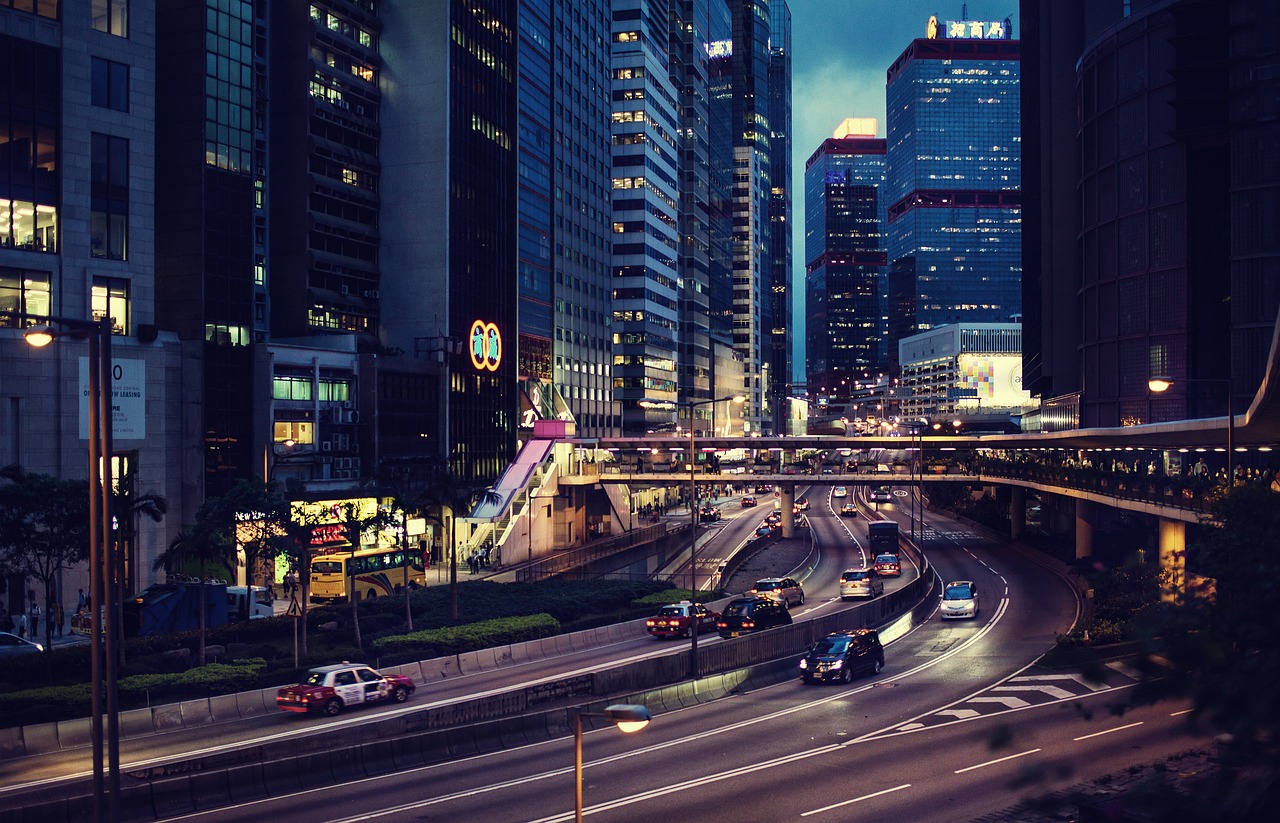
Capturing People and Portraits
Sketching people can be one of the most exhilarating yet daunting aspects of travel sketching. Imagine sitting at a bustling café, the aroma of freshly brewed coffee wafting through the air, while you attempt to capture the essence of a stranger engrossed in their book. The challenge lies in the fleeting nature of human expressions and movements, but with a bit of practice, you can turn these moments into stunning sketches that tell a story. So, how do you capture the likeness and personality of a person in just a few strokes? Let's dive into some techniques that will help you become a master at sketching people and portraits.
First and foremost, observation is key. Spend a few moments just watching your subject. Notice their posture, the way they hold their head, and the subtleties of their expressions. You might find it helpful to keep a small notebook where you jot down quick notes about what you observe. This will not only enhance your ability to sketch but will also train your eye to notice details that you might otherwise overlook. After all, sketching is as much about seeing as it is about drawing!
When it comes to actually putting pencil to paper, start with simple shapes. Break down the human figure into basic forms like circles and ovals. For instance, the head can be represented as an oval, while the torso can be depicted as a rectangle. This method allows you to quickly outline the figure before adding details. Once you have the basic structure, you can refine your sketch by adding features, clothing, and other elements that make your subject unique.
Another effective technique is to focus on expressions. Capturing a smile or a furrowed brow can convey a lot of emotion in your sketches. Try to observe how the face changes with different emotions and practice sketching these variations. It might also be beneficial to use a mirror to practice drawing your own expressions, which can help you understand the nuances of facial features and how they shift.
Don't shy away from using quick gestures. Sometimes, the most dynamic sketches come from rapid, loose strokes that capture the essence of movement rather than perfection. Set a timer for a minute or two and challenge yourself to sketch a person in that short time frame. This exercise not only builds your speed but also encourages you to focus on the most important aspects of the figure.
Lastly, consider incorporating color and texture into your portraits. A splash of watercolor can bring your sketches to life, adding depth and vibrancy. You might choose to carry a small watercolor set or colored pencils for this purpose. Experiment with different techniques, such as wet-on-wet or dry-brush, to see what works best for your style. Remember, the goal is to evoke the mood of the moment, so don’t be afraid to play around with colors that resonate with you.
In summary, capturing people and portraits while traveling is a rewarding endeavor that allows you to document not just the scenes you encounter but also the emotions and stories of the people within them. By honing your observation skills, practicing basic shapes, focusing on expressions, utilizing quick gestures, and incorporating color, you’ll find that your sketches become more dynamic and engaging. So next time you’re on your travels, grab that sketchbook and start capturing the essence of the people around you!
- What materials are best for sketching people? A good quality sketchbook, a set of pencils or pens, and perhaps some watercolors or colored pencils for adding color are ideal.
- How can I improve my speed in sketching? Practice quick gesture drawing by setting a timer for one or two minutes to capture the essence of a figure.
- Should I ask for permission before sketching someone? It’s courteous to ask, especially if you plan to sketch someone up close. Many people appreciate the attention and may even enjoy the experience!
- How do I capture likeness in my sketches? Focus on the unique features of your subject, such as the shape of their eyes or the curve of their smile. Practice drawing different faces to improve your skills.

Using Color in Travel Sketching
When it comes to travel sketching, color is like the secret sauce that can transform a simple drawing into a vibrant memory. Imagine standing in front of a breathtaking sunset, the sky ablaze with hues of orange, pink, and purple. Now, think about how much more impactful your sketch would be if you could capture those colors on paper. Using color not only enhances your sketches but also evokes emotions and brings your experiences to life. It’s like adding a soundtrack to a movie; it sets the mood and deepens the connection to the moment.
Choosing the right coloring medium is essential. You might prefer the fluidity of watercolors, the precision of colored pencils, or the boldness of markers. Each medium has its unique characteristics and can convey different feelings. For instance, watercolors can create soft, dreamy effects perfect for landscapes, while markers can deliver striking, vibrant colors ideal for urban scenes. Here’s a quick comparison of these popular mediums:
| Medium | Pros | Cons |
|---|---|---|
| Watercolors | Blends easily, creates soft textures | Can be unpredictable, requires practice |
| Colored Pencils | Great for detail, easy to control | Can take time to layer colors effectively |
| Markers | Bold colors, quick application | Can bleed through paper, less blending |
As you explore these mediums, remember that color theory plays a significant role in how your sketches are perceived. Understanding the basics of complementary colors, analogous colors, and color harmony can elevate your work. For example, using complementary colors (those opposite each other on the color wheel) can create striking contrasts that draw the viewer's eye. Conversely, analogous colors (those next to each other) can create a sense of harmony and tranquility. This knowledge allows you to make intentional choices that enhance the storytelling aspect of your sketches.
Another exciting technique is to incorporate mixed media into your travel sketches. Why limit yourself to just one medium? Combining watercolors with ink or colored pencils can yield stunning results. The ink can provide sharp outlines, while the watercolor adds depth and vibrancy. This approach not only diversifies your sketches but also keeps your creative juices flowing. Don’t be afraid to experiment! Just like a chef tries new ingredients, you too can discover unique combinations that resonate with your artistic voice.
When it comes to applying color, don’t rush the process. Take your time to observe the colors around you, whether it’s the rich green of a lush forest or the warm tones of a bustling market. Use a color palette to help you select and mix colors before applying them to your sketch. This practice can save you time and frustration, especially when trying to replicate a specific shade. Plus, it encourages you to really look at the world around you. You’ll find that the more you pay attention to color, the more you’ll notice its subtle variations.
Lastly, always remember to trust your instincts. There’s no right or wrong way to use color in your travel sketches. What matters most is how it makes you feel and the story you want to tell. So, grab your sketchbook, pack your favorite coloring tools, and let your imagination run wild. After all, your sketches are a reflection of your unique experiences, and the colors you choose will help narrate that beautiful journey.
- What is the best medium for beginners? Watercolors are often recommended for beginners due to their versatility and ease of use.
- How do I choose a color palette? Start by selecting a few colors that complement each other and reflect the scene you want to capture.
- Can I use markers on watercolor paper? Yes, but make sure to test them first, as some markers may bleed through the paper.

Reflecting on Your Sketches
Reflecting on your sketches is like holding a mirror up to your artistic soul. It’s a chance to step back, breathe, and truly appreciate the journey you’ve embarked on with your pencil or brush. After a day of sketching, whether you’ve captured the bustling streets of a foreign city or the serene landscapes of nature, taking time to review your work can be incredibly enlightening. You might find that certain sketches resonate with you more than others, and understanding why can deepen your connection to your art and experiences.
When you look at your sketches, ask yourself questions like: What emotions does this piece evoke? Which techniques worked well, and which didn’t? This process of self-inquiry not only helps you identify your strengths but also highlights areas for improvement. Think of it as a conversation with yourself about your artistic evolution. Just like a traveler who learns from each journey, an artist grows with every stroke of the pencil.
To aid in your reflection, consider keeping a sketchbook journal. Here’s a simple format you can follow:
| Date | Location | Sketch Description | What I Learned |
|---|---|---|---|
| 12/01/2023 | Paris | Sketch of the Eiffel Tower | Need to work on perspective. |
| 12/02/2023 | Rome | Market scene with people | Capturing movement is challenging but rewarding. |
This format not only helps you document your artistic journey but also encourages you to articulate your thoughts and feelings about each piece. It’s a way to track your growth over time. You’ll be amazed at how much you can learn from your own work when you take the time to reflect on it.
Moreover, sharing your sketches with fellow artists or on social media can add another layer to your reflection process. Feedback from others can provide fresh perspectives and insights that you might not have considered. Engaging in discussions about your work can open up new avenues for creativity and improvement. Remember, every sketch is a stepping stone on your artistic path, and each one holds valuable lessons waiting to be uncovered.
In conclusion, reflection is not just about critique; it’s about celebration. Celebrate your progress, your unique style, and the stories your sketches tell. Embrace the learning process, and let each reflection guide you to become a better artist. So, grab that sketchbook, take a moment to reflect, and watch your skills flourish as you continue your travel sketching adventure!
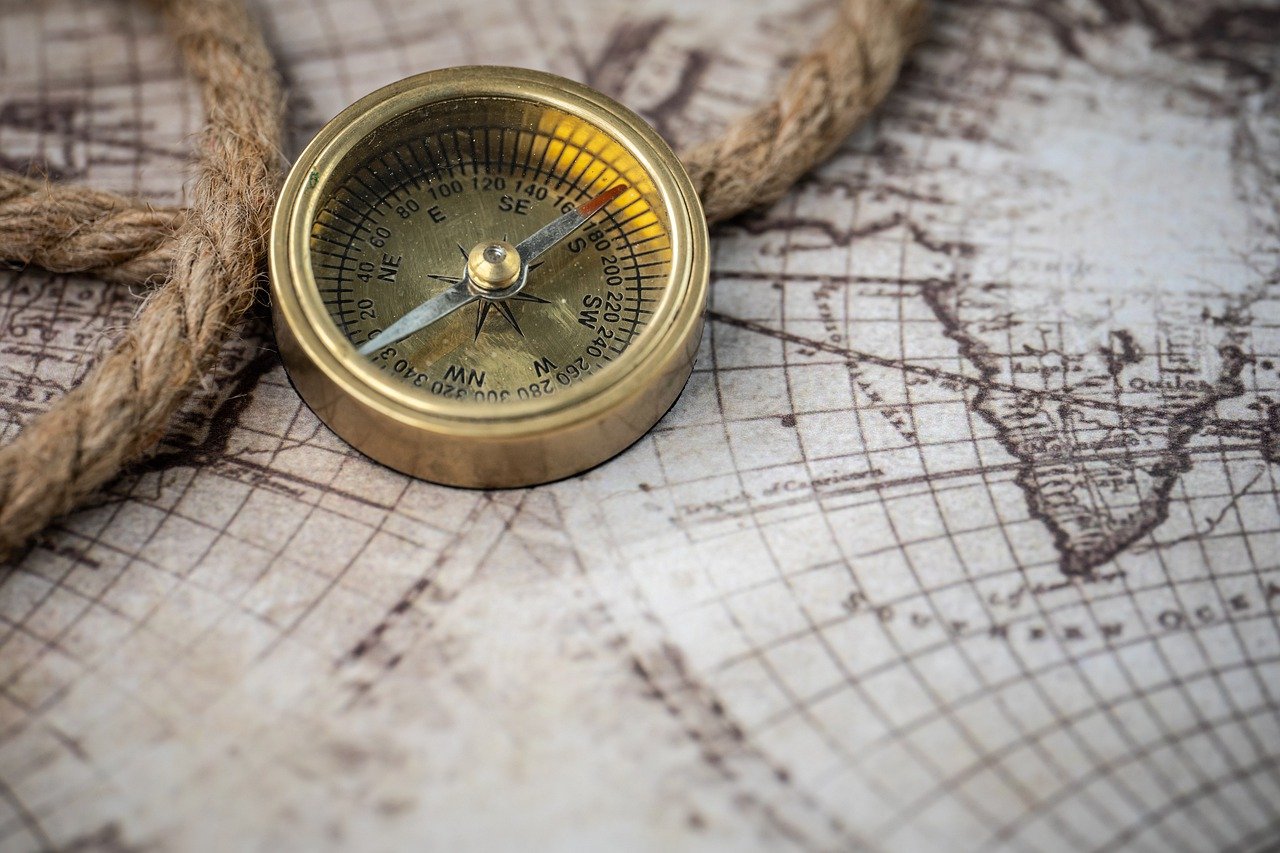
Sharing Your Travel Sketches
Sharing your travel sketches is not just about showcasing your art; it's about creating connections and building a community around your experiences. Imagine walking through a bustling market in Marrakech, sketchbook in hand, capturing the vibrant colors and lively atmosphere. Now, think about how sharing that moment with others can amplify its beauty and significance. By sharing your sketches, you invite people into your world, allowing them to see through your eyes and experience the emotions tied to those moments.
There are countless platforms available for artists to share their work, each offering unique opportunities to engage with an audience. Social media platforms like Instagram and Facebook are fantastic for visual storytelling. You can post images of your sketches alongside a narrative about the scene, creating a captivating experience for your followers. Additionally, platforms like Behance and ArtStation cater specifically to artists, providing a space to showcase portfolios and connect with other creators.
But it’s not just about online sharing. Consider joining local art groups or participating in community events where you can showcase your work in person. This face-to-face interaction can lead to meaningful conversations and feedback, which can be incredibly valuable for your growth as an artist. Plus, meeting fellow artists can spark new ideas and collaborations, enriching your creative journey.
Moreover, sharing your sketches can encourage others to pick up a pencil and start sketching too! You never know who might be inspired by your work. Whether it's through workshops, social media challenges, or simply sharing your sketchbook with friends, your art can motivate others to express themselves creatively.
When sharing your sketches, consider the following tips to maximize engagement:
- Tell a Story: Accompany your sketches with anecdotes or thoughts about the moment you captured. This adds depth and context.
- Engage with Your Audience: Ask questions or invite feedback. This interaction can foster a sense of community.
- Use Hashtags: Utilize relevant hashtags to reach a broader audience. This can help your sketches find their way to art lovers and fellow travelers.
Lastly, don’t forget the power of reflection. As you share your work, take the time to reflect on the feedback you receive. This can provide insights into your strengths and areas for improvement, ultimately enhancing your skills. Remember, sharing is not just about displaying your art; it's about creating a dialogue and learning from each other’s experiences.
Q: What platforms are best for sharing travel sketches?
A: Popular platforms include Instagram for visual storytelling, Behance for portfolio showcasing, and local art groups for in-person interactions.
Q: How can I engage with my audience when sharing sketches?
A: You can engage by telling stories behind your sketches, asking for feedback, and using relevant hashtags to reach a wider audience.
Q: Should I share my sketches even if I feel they are not perfect?
A: Absolutely! Sharing your work, regardless of perceived imperfections, can inspire others and help you grow as an artist.
Frequently Asked Questions
- What is travel sketching?
Travel sketching is the art of capturing the essence of your travels through drawing. It allows artists to document their experiences in a personal and creative way, turning moments into visual memories.
- Why is travel sketching important?
Travel sketching serves as a unique diary, enhancing observation skills and mindfulness. It encourages artists to engage deeply with their surroundings, making each travel experience more memorable and enriching.
- What tools do I need for travel sketching?
Essential tools for travel sketching include a portable sketchbook, quality pens, and coloring materials like watercolors or colored pencils. Choosing lightweight and compact supplies can make it easier to sketch on the go.
- How can I improve my quick sketching skills?
To improve quick sketching, practice capturing the essence of a scene rather than focusing on details. Use simple shapes and lines, and try to sketch regularly to build speed and confidence in your drawing abilities.
- Where can I find inspiration for my sketches?
Inspiration can be found everywhere during your travels! Look for interesting landscapes, architecture, or even everyday moments. Pay attention to the emotions and stories behind what you see, and let that guide your sketches.
- How can I create a travel sketching routine?
Establishing a routine can involve setting aside specific times each day for sketching or integrating sketching into your daily activities, like drawing during meals or while waiting for transportation. Consistency is key!
- What techniques can I use to sketch people?
When sketching people, focus on capturing their gestures and expressions rather than aiming for perfect likeness. Quick studies can be made by observing their movements and noting distinctive features with simple lines.
- How do I incorporate color into my sketches?
Using color can bring your sketches to life! Experiment with watercolors, colored pencils, or markers to add vibrancy. Start with a limited palette to keep it simple and gradually expand as you become more comfortable.
- Why is reflecting on my sketches important?
Reflection allows you to assess your progress and identify areas for improvement. By reviewing your sketches, you can celebrate your strengths and set goals for future growth, enhancing your overall travel sketching journey.
- How can I share my travel sketches with others?
Sharing your sketches can foster connections with fellow artists. Utilize social media platforms, create a personal blog, or join art communities to showcase your work and receive feedback from others who share your passion.



















